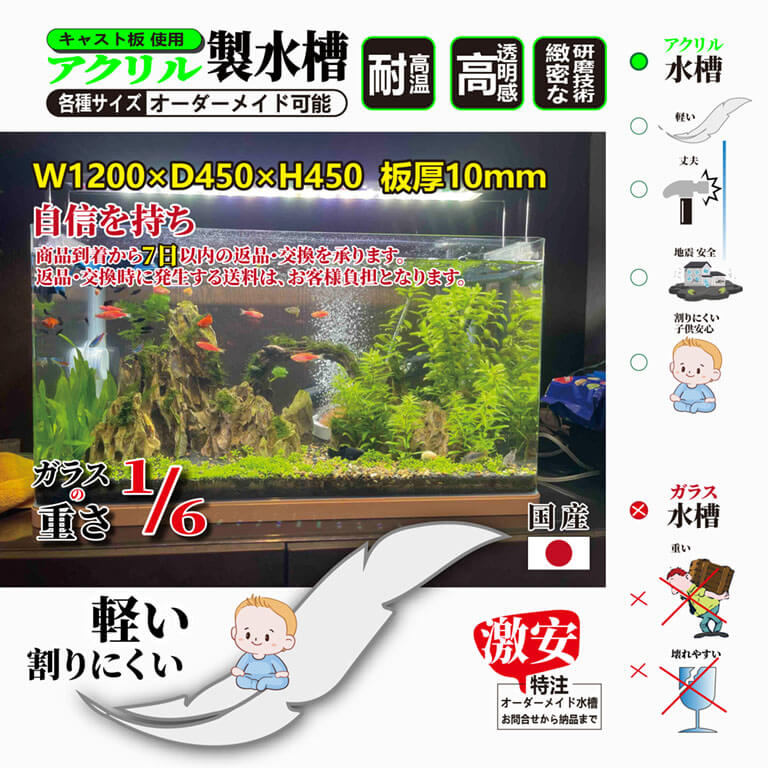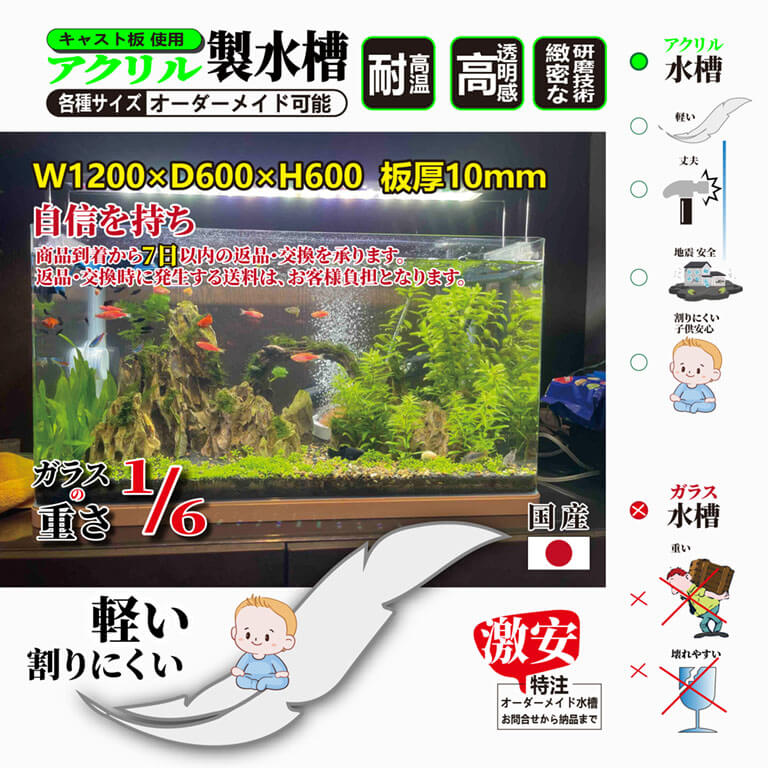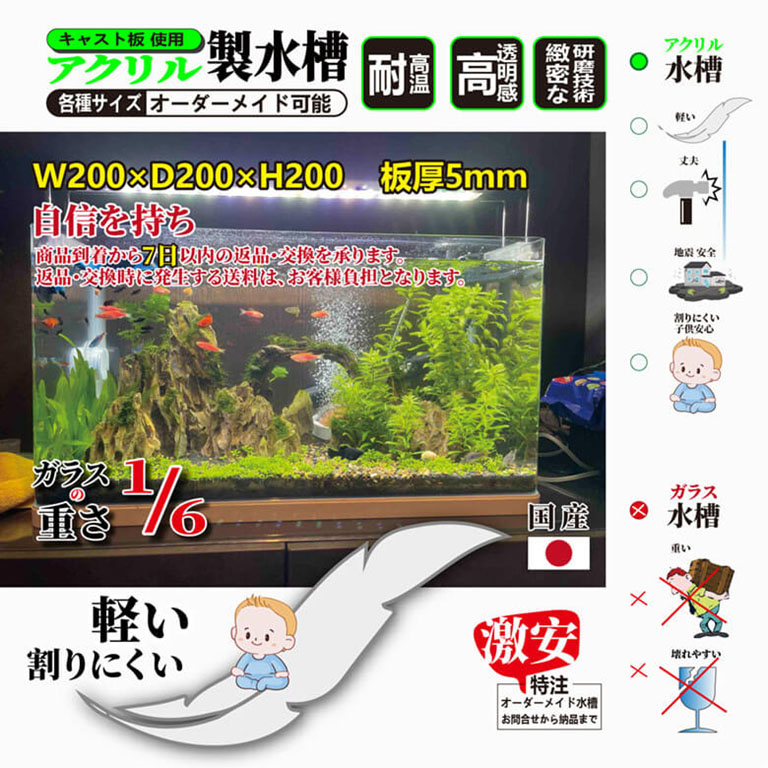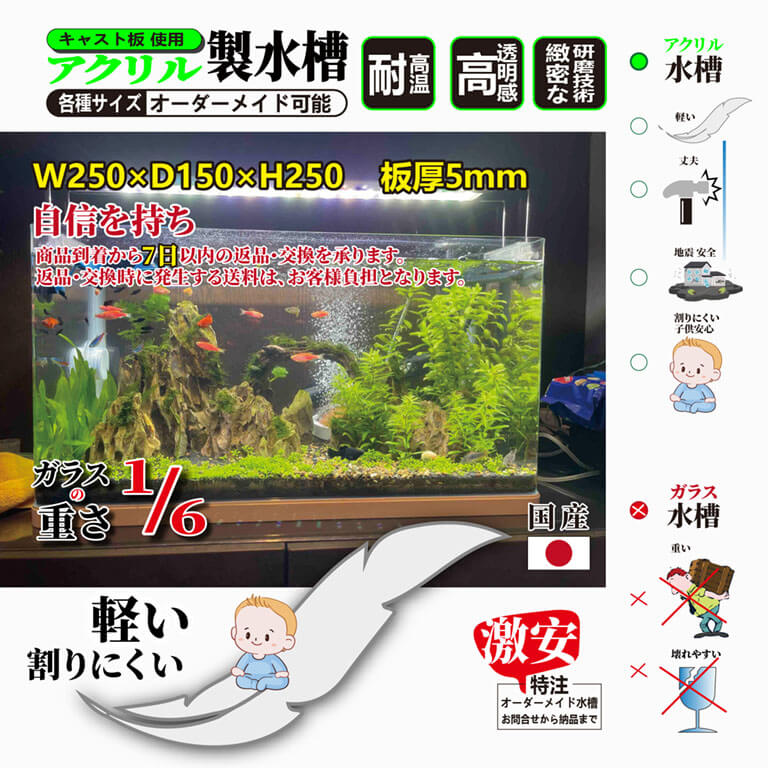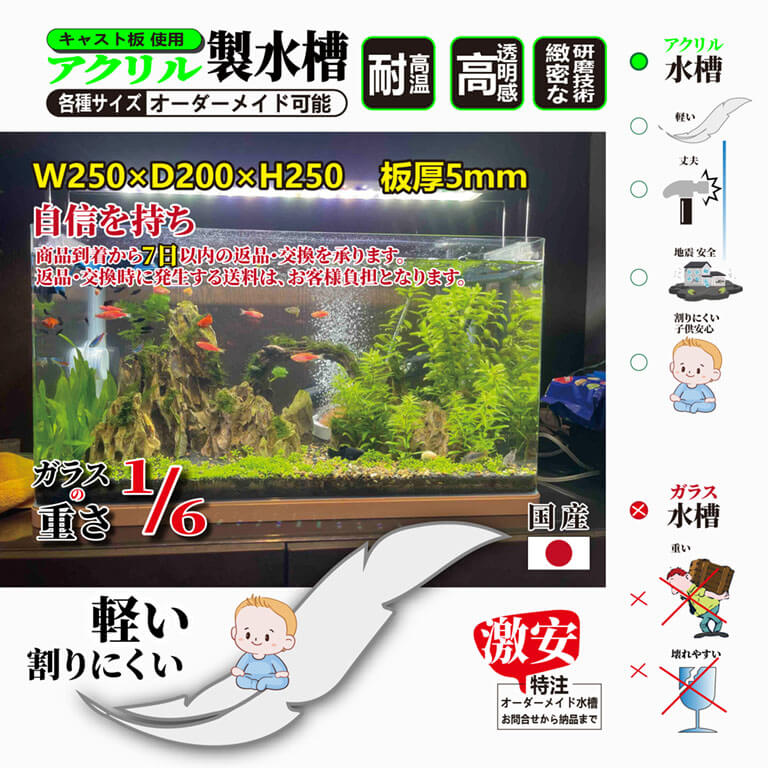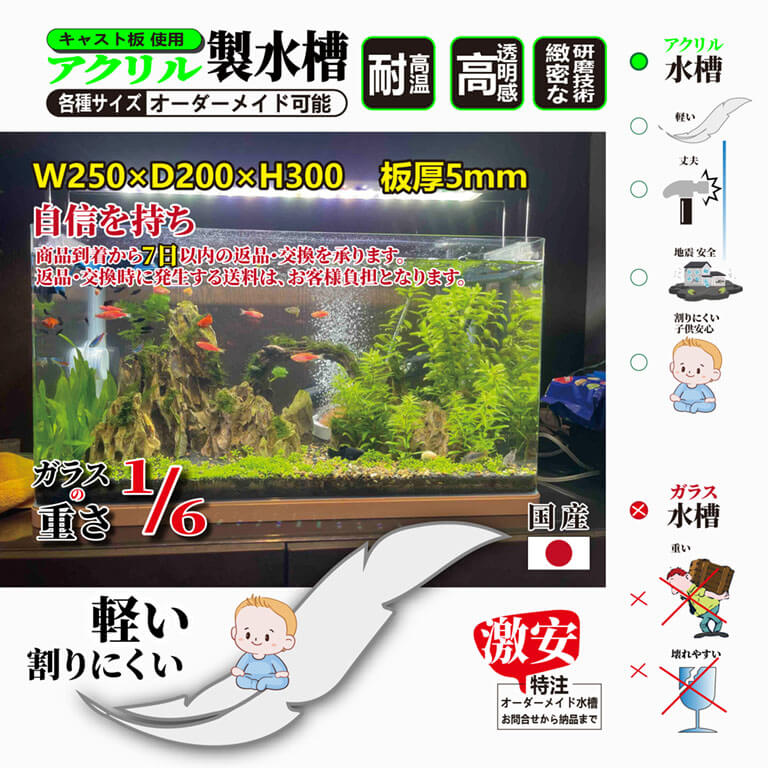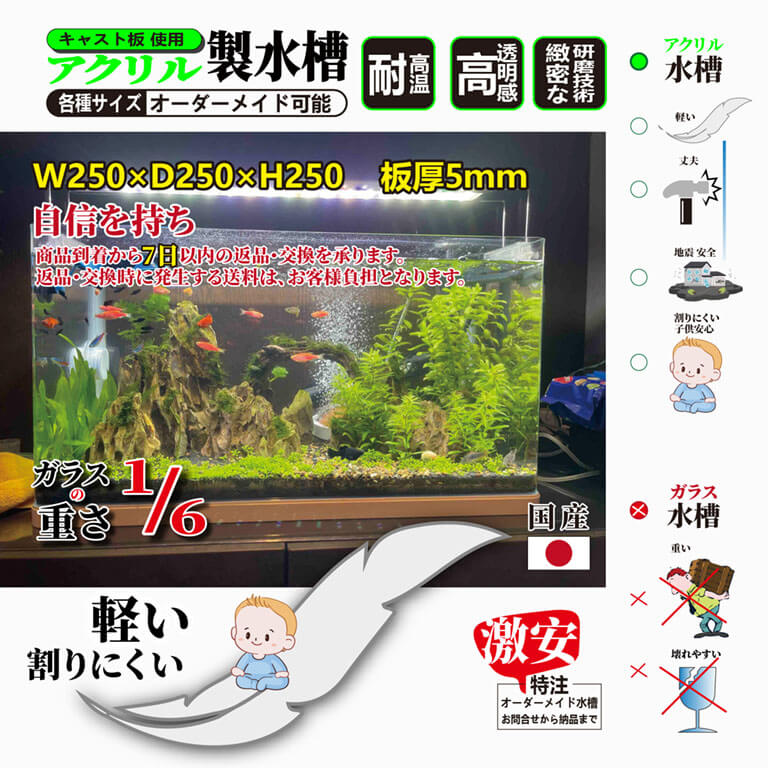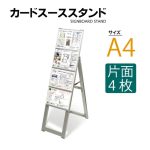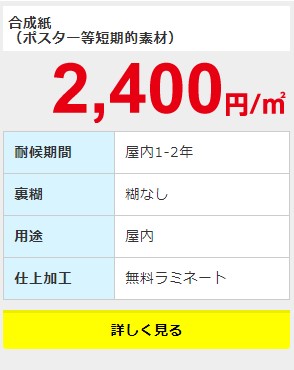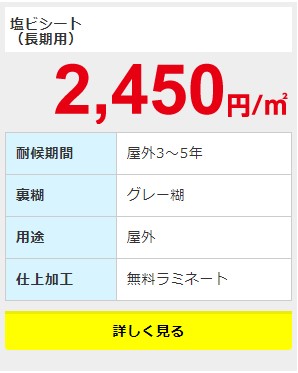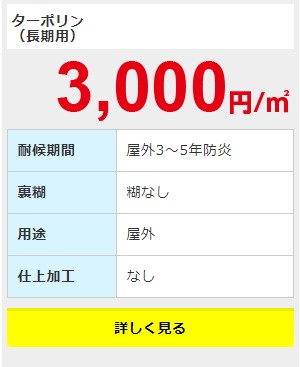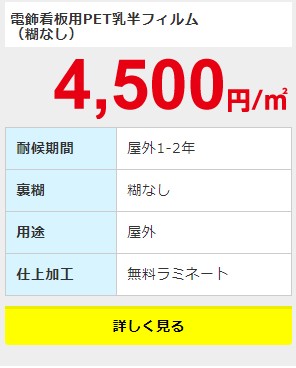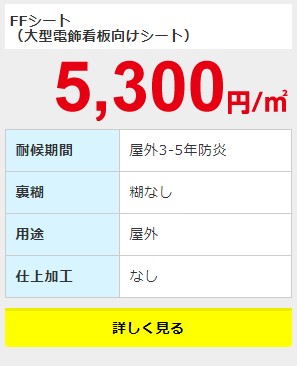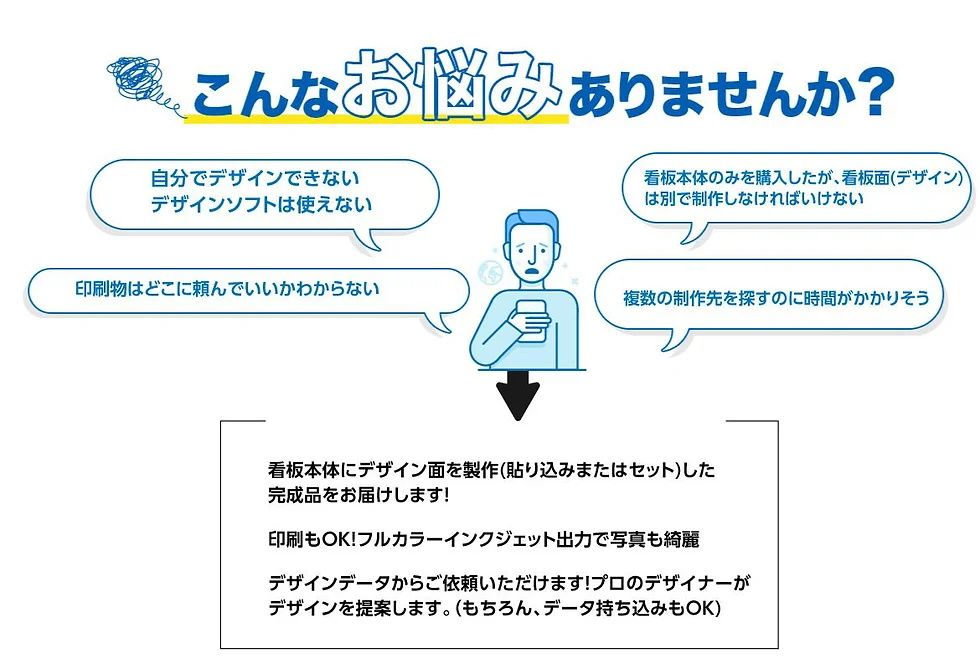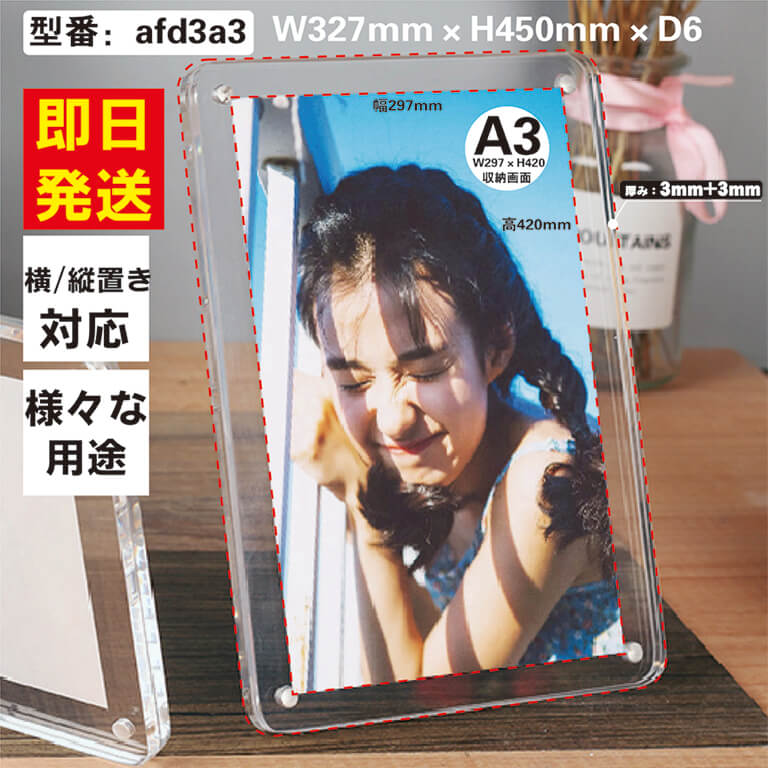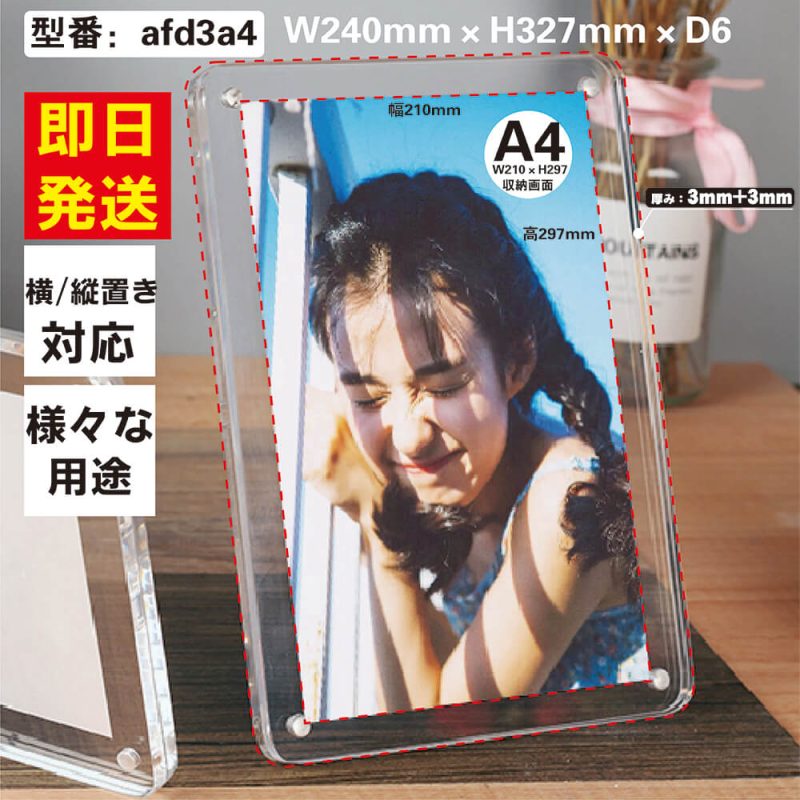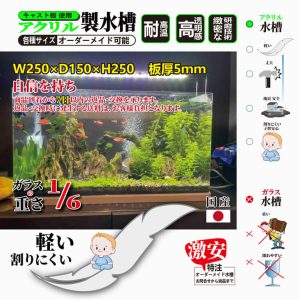This could be the result of bad news regarding the company in question, a poor outlook for the company going forward, an out of favor industry, or a sagging overall market. “Oversold” and “overbought” are terms financial analysts use to describe stock market conditions. Oversold is the condition that occurs when a stock has dropped in price, and the supply driving the price down has dried up. Traders who are looking for investment opportunities should look for RSI values that hit 30 or fall below that level.
The charts of these stocks are easy to identify; the price action is practically vertical, and the volume is mostly going in one direction. These two conditions differ fundamentally in their market sentiment and implied potential actions. Excessive bullishness characterizes overbought conditions, potentially unsustained and signaling a possible downturn to traders. In contrast, extreme bearishness typifies oversold conditions that might overshoot on the downside, thereby suggesting forthcoming bullish corrections.
The Difference Between Overbought and Oversold Conditions
Additionally, oversold stocks are often highly volatile, which can result in substantial price swings and potential losses. Traders may also encounter difficulties exiting positions due to the lack of liquidity in some oversold stocks. These convert us dollars to norwegian kroner indicators provide insights into the momentum and price movements of a security, helping traders determine if it may be oversold. The relative strength index (RSI) is a momentum indicator that measures recent price changes as it moves between 0 and 100.
- Traders often wait for the RSI to move back above 30 before making a purchase.
- Click the link below to learn more about using beta to protect yourself.
- Fundamentally oversold stocks (or any asset) are those that investors feel are trading below their true value.
- Many traders wait for the indicator to start heading higher before buying since oversold conditions can last a long time.
Price Action and Trends
In fact, the same stock can waver from overbought to oversold in a relatively brief period when markets are uncertain. Seeking confirmation from additional technical indicators or chart patterns like rising wedges allows traders to differentiate. For example, their credibility is enhanced when they converge with a bearish pattern after an overbought signal.
Divergence Trading
The RSI tends to remain more static during uptrends than it does during downtrends. In an uptrend, there are more gains, keeping the how to start a cryptocurrency exchange: steps and processes RSI at higher levels. In a downtrend, on the other hand, the RSI tends to stay at lower levels.
The RSI is a formula that translates price movement onto a 1-to-100 scale. The lower the value of the index, the more oversold the stock is; the higher the value of the index, the more overbought the stock is. If the RSI drops below 30, there is a strong likelihood that the stock is becoming oversold. Failure swings can be very useful for investors who know how to use them. As such, they can be used to trade RSI divergences by identifying recent trends in order to spot the signs of trend reversals.
© 2024 Market data provided is at least 10-minutes delayed and hosted by Barchart Solutions. Information is provided ‘as-is’ and solely for informational purposes, not for trading purposes or advice, and is delayed. To see all exchange delays and terms of use please see Barchart’s disclaimer. On the RSI, arrows have been placed where the RSI dropped below 30 and then moved back above it.
The MACD is a momentum oscillator that moves above or below a center line (also called a zero line). Traders will look for signal line crossovers, center line crossovers, and avatrade exchange review live prices trade volume fees divergences between the MACD line as triggers for buying (bullish divergence) and selling (bearish divergence). Essentially, negative investor sentiment, reactionary selling, technical mechanisms and liquidity challenges combine to produce oversold conditions. But other trade signals can help traders when overbought and oversold asset prices don’t change course right away. For instance, the moving average convergence divergence and moving average crossovers both allow traders to verify RSI indicators. Two of the most common charting indicators of overbought or oversold conditions are relative strength index (RSI) and stochastics.
So a P/E of 25 means it will cost an investor $25 to buy one dollar of a company’s profits. The most basic definition of intrinsic value is as an estimation of what a business is worth if the entire business and its assets were sold off. Intrinsic value is a measurement of a company’s financial performance based on its cash flow.
We have not established any official presence on Line messaging platform. Therefore, any accounts claiming to represent IG International on Line are unauthorized and should be considered as fake. 70% of retail client accounts lose money when trading CFDs, with this investment provider. Please ensure you understand how this product works and whether you can afford to take the high risk of losing money. The basic strategy for trading oversold stocks is to “buy the bounce.” This means buying a stock after it has reached an oversold level and started to rebound.
The RSI is a momentum indicator, which gauges the speed of price movements. It is used to form assumptions about how sustainable current values are and how likely a change in direction is. A stock can remain in oversold conditions longer than a trader can stay solvent.
MarketBeat keeps track of Wall Street’s top-rated and best performing research analysts and the stocks they recommend to their clients on a daily basis. Thomas Metcalf has worked as an economist, stockbroker and technology salesman. Another limitation to intrinsic value occurs with companies that have limited revenue or profits.
The relative strength index (RSI) is a popular momentum indicator that measures the speed and magnitude of price changes. This means the stock has experienced a sharp price decline, and there may be a potential for a price bounce. It’s important to note that while an oversold condition may suggest an opportunity for a price rebound, it does not guarantee that the security’s price will immediately reverse course. Market dynamics can be complex, and factors beyond technical indicators and sentiment play a role in a security’s performance.
